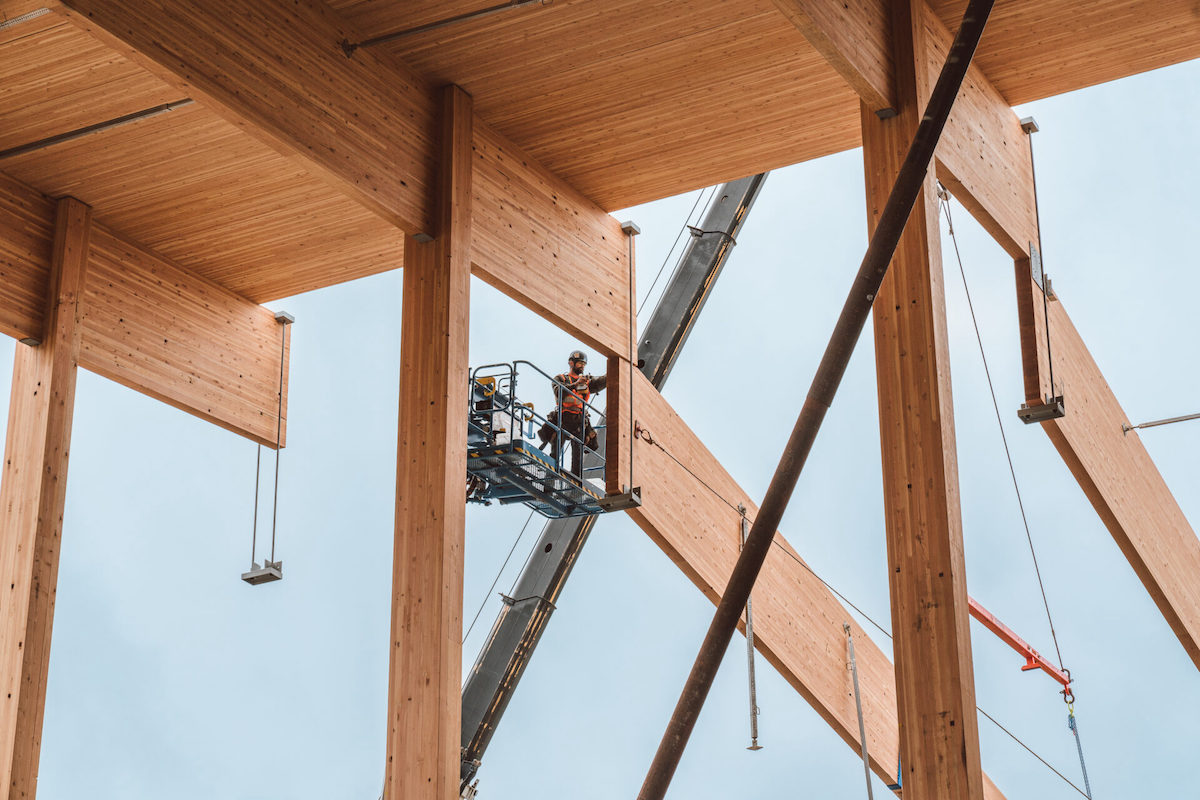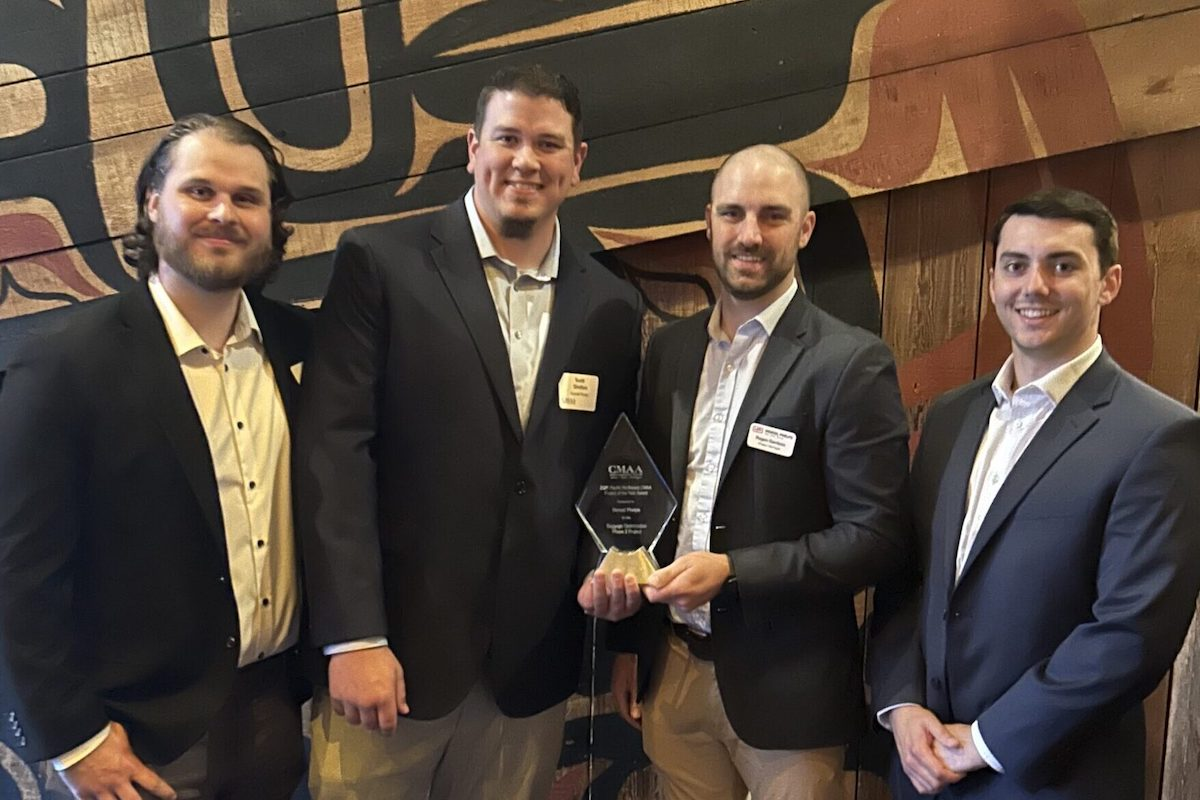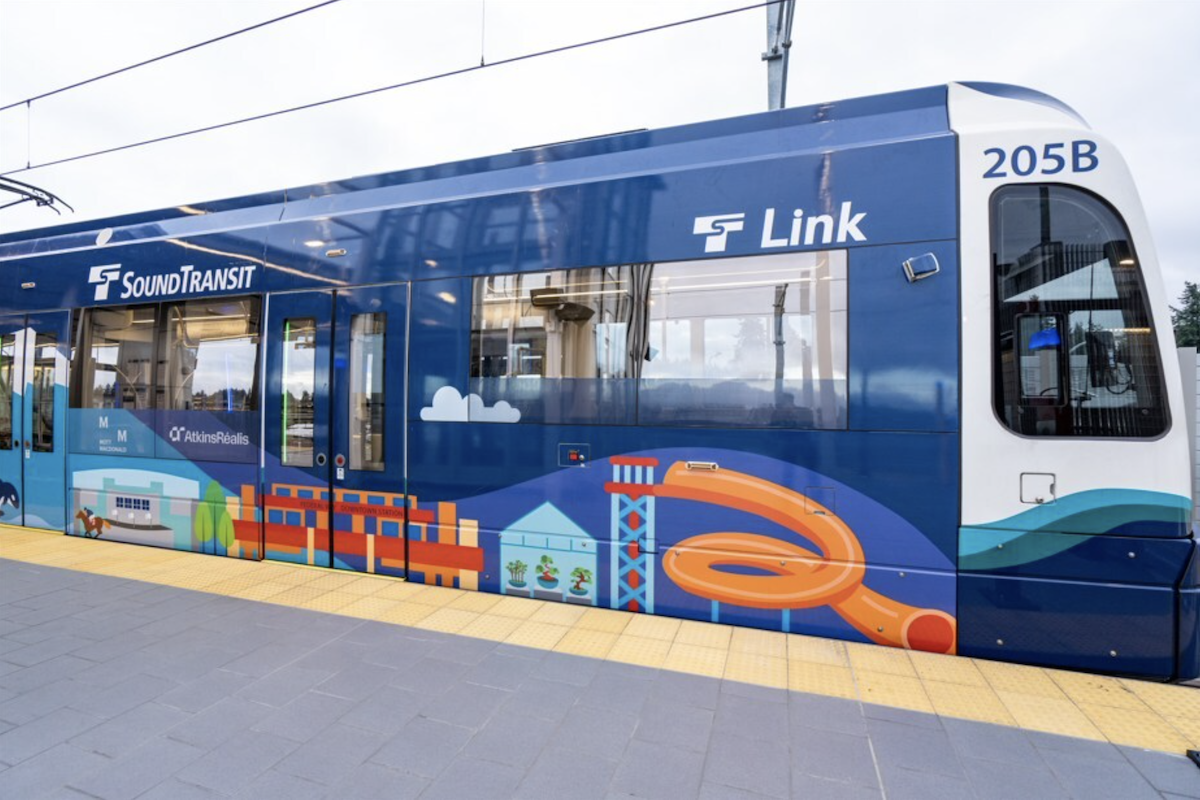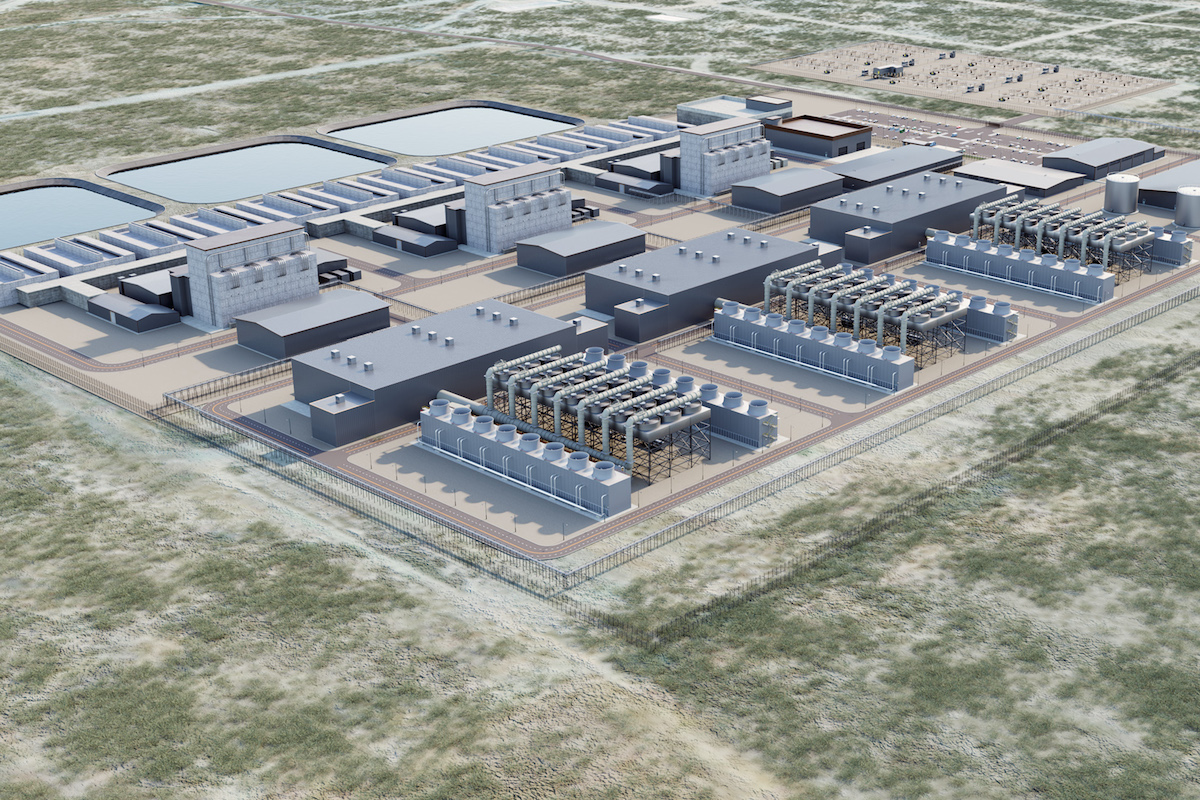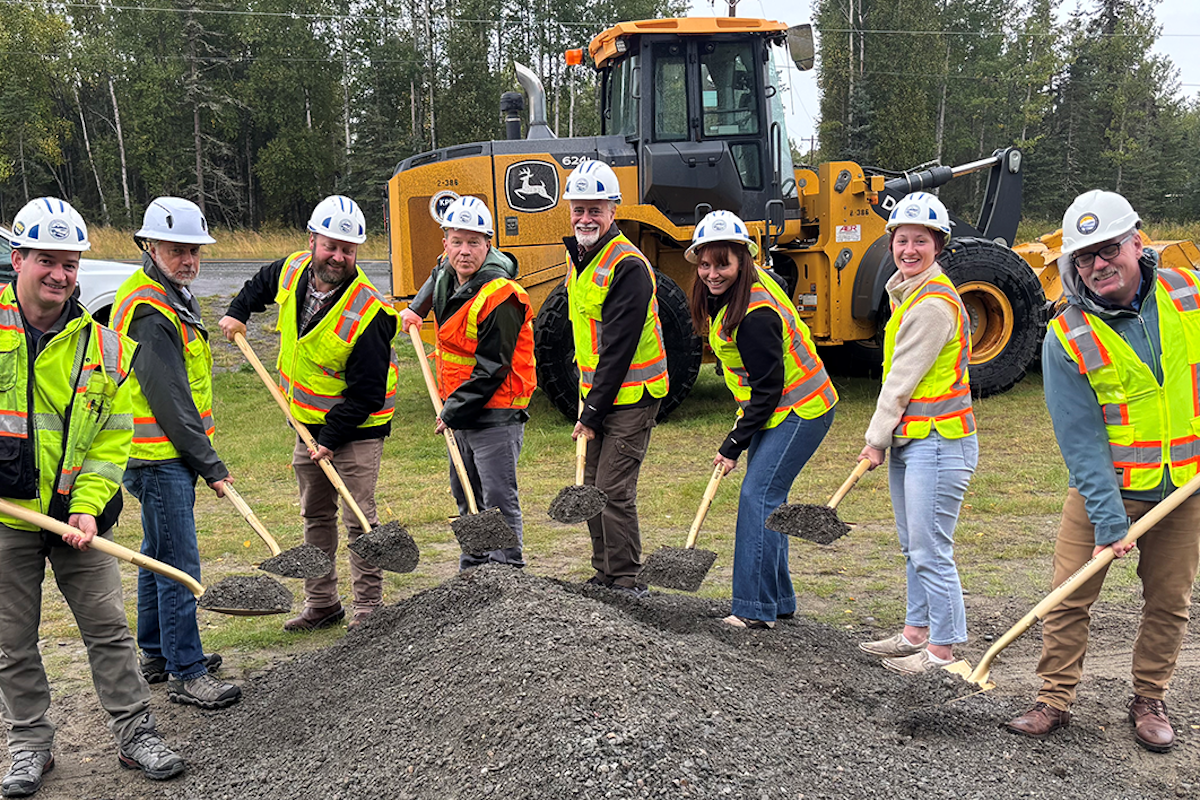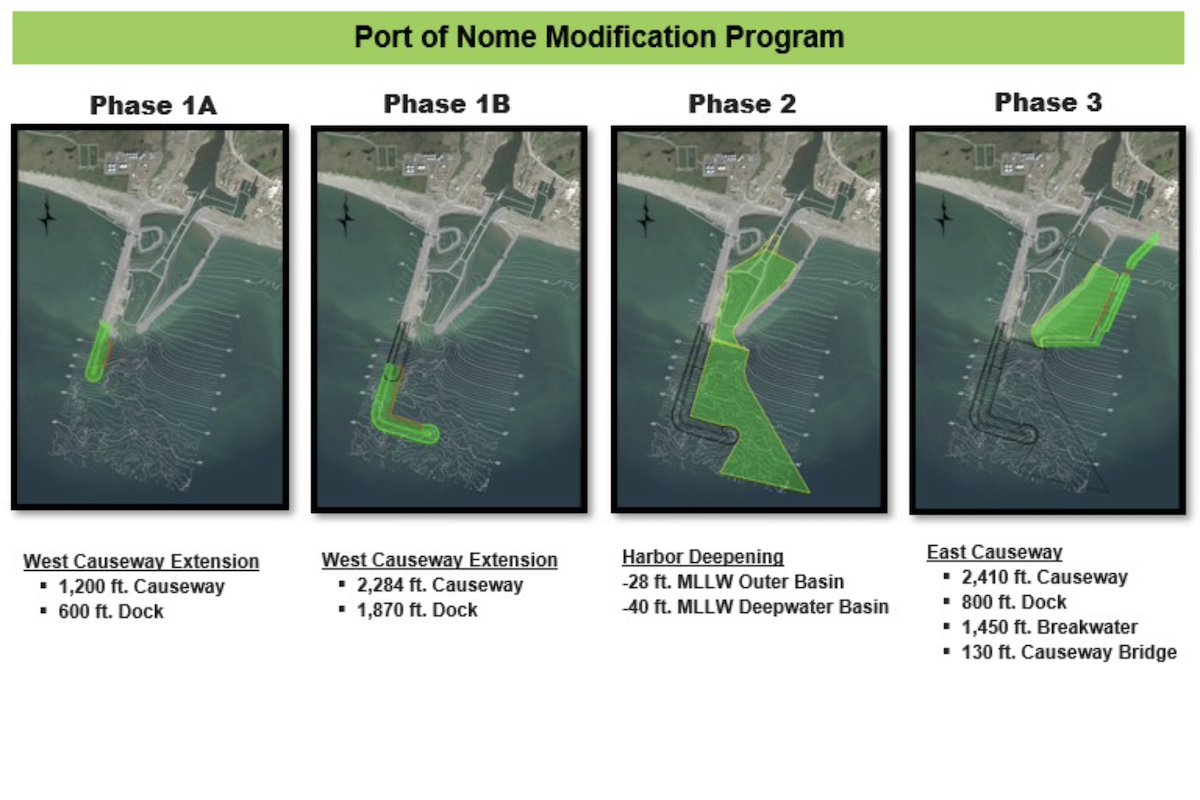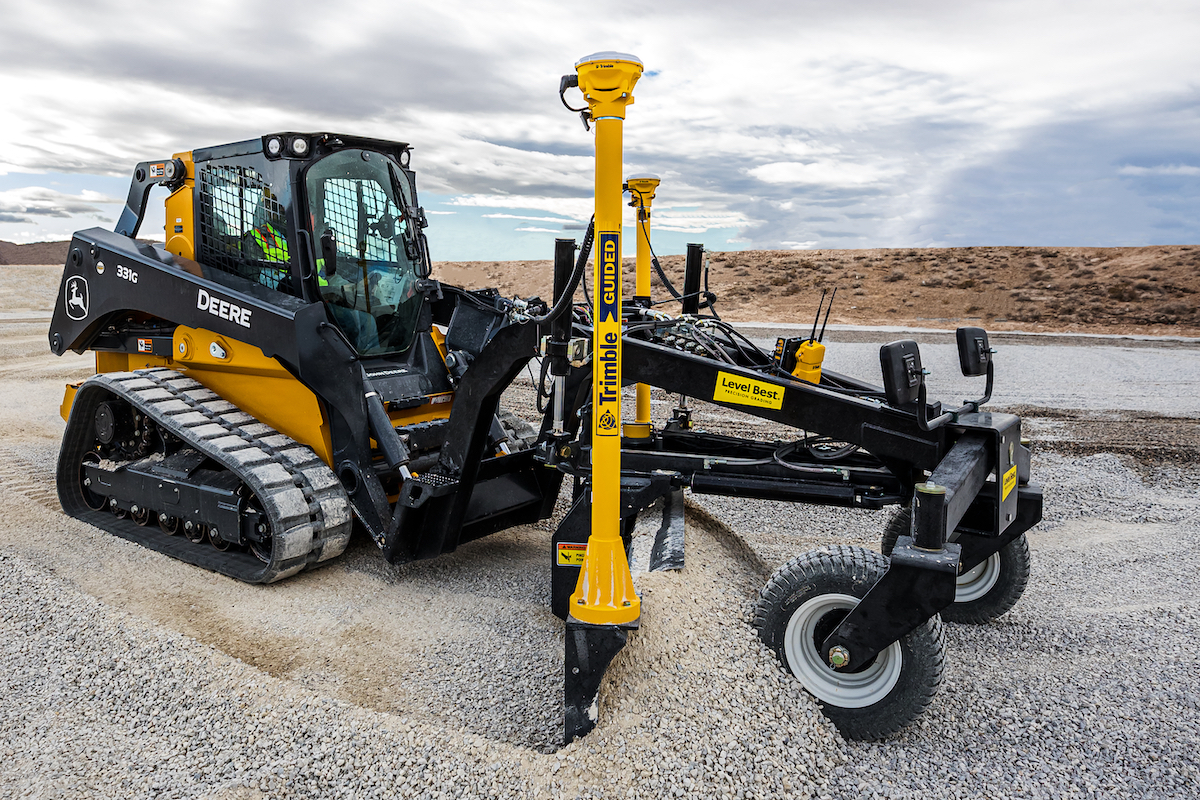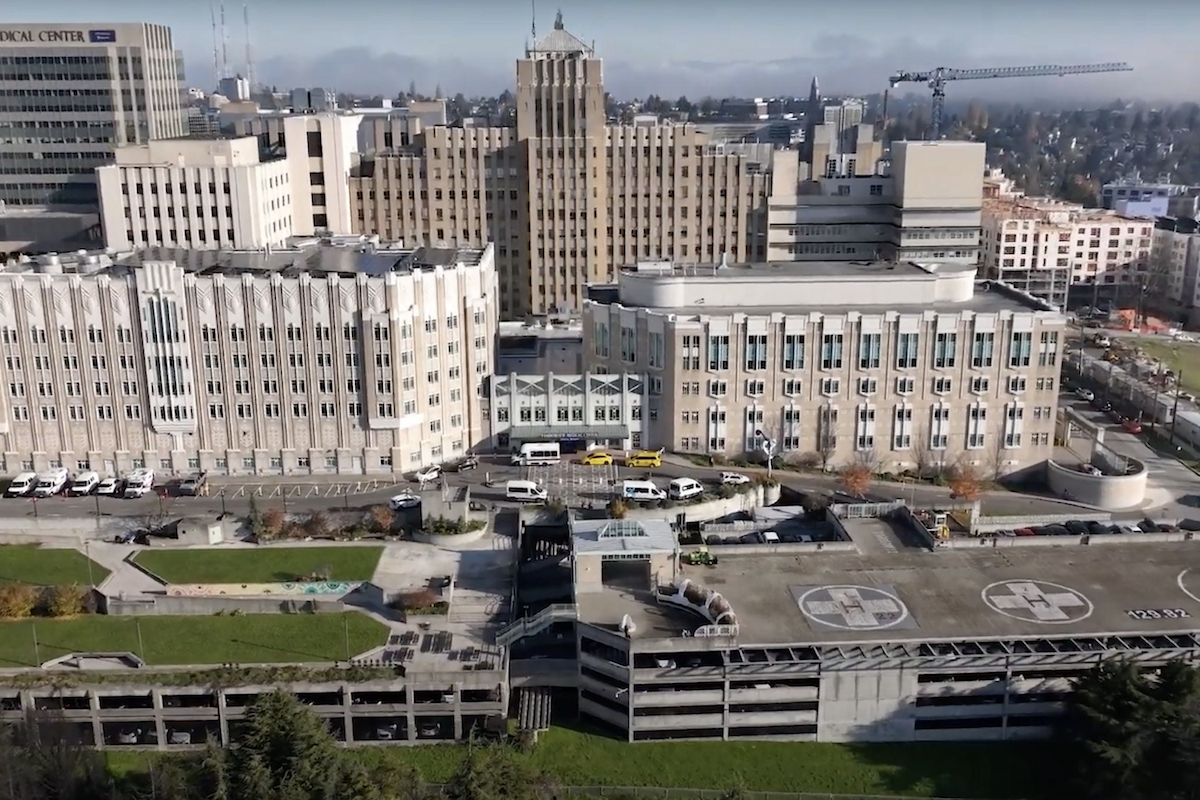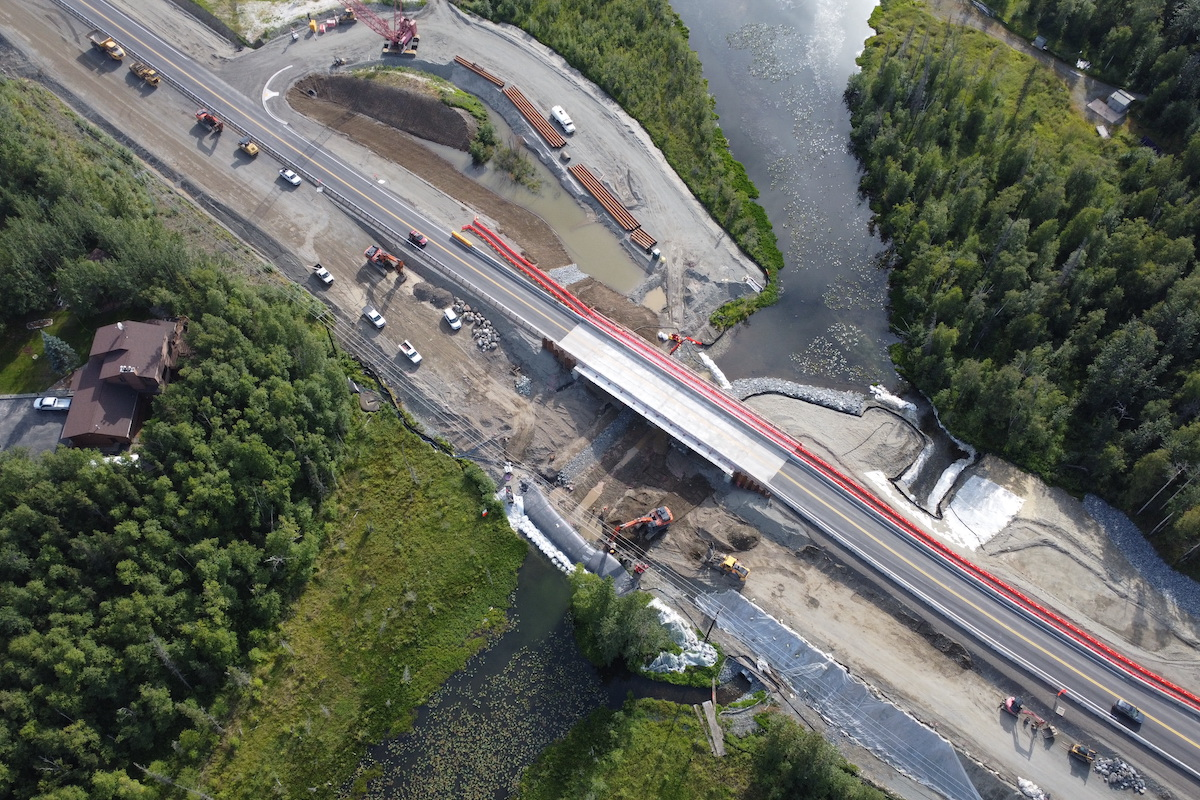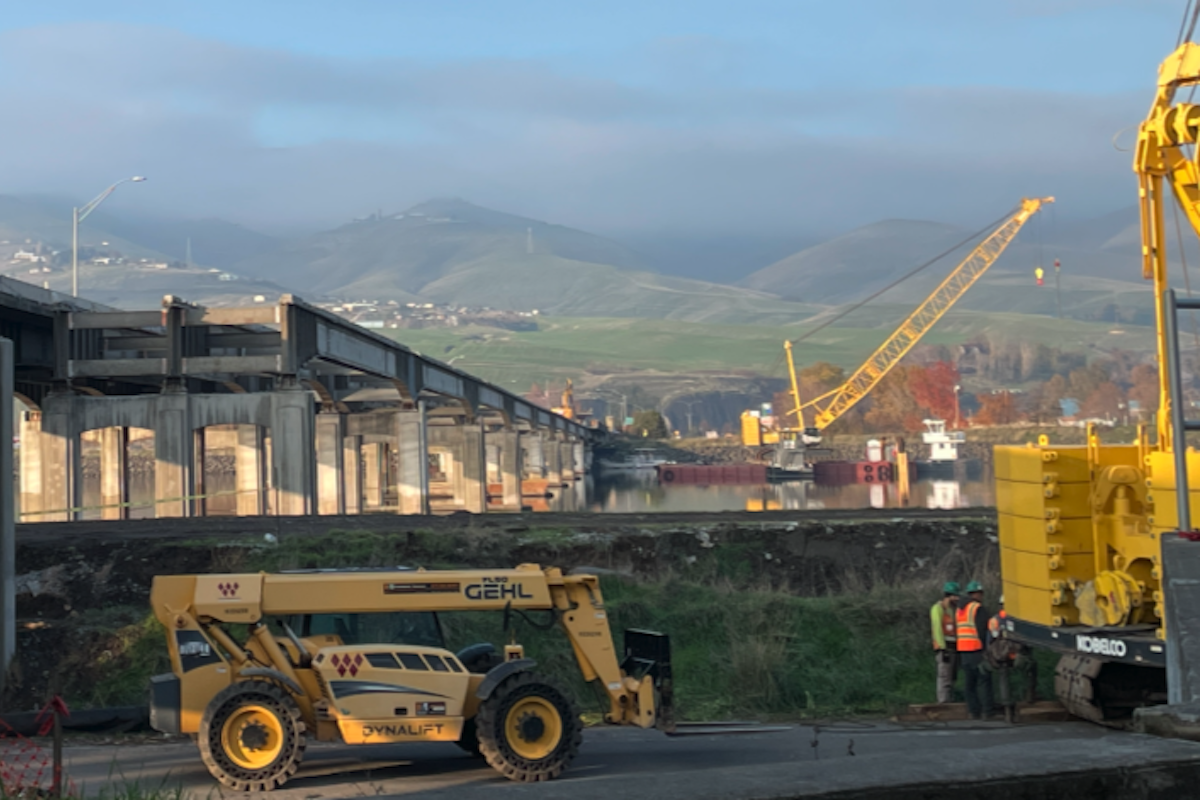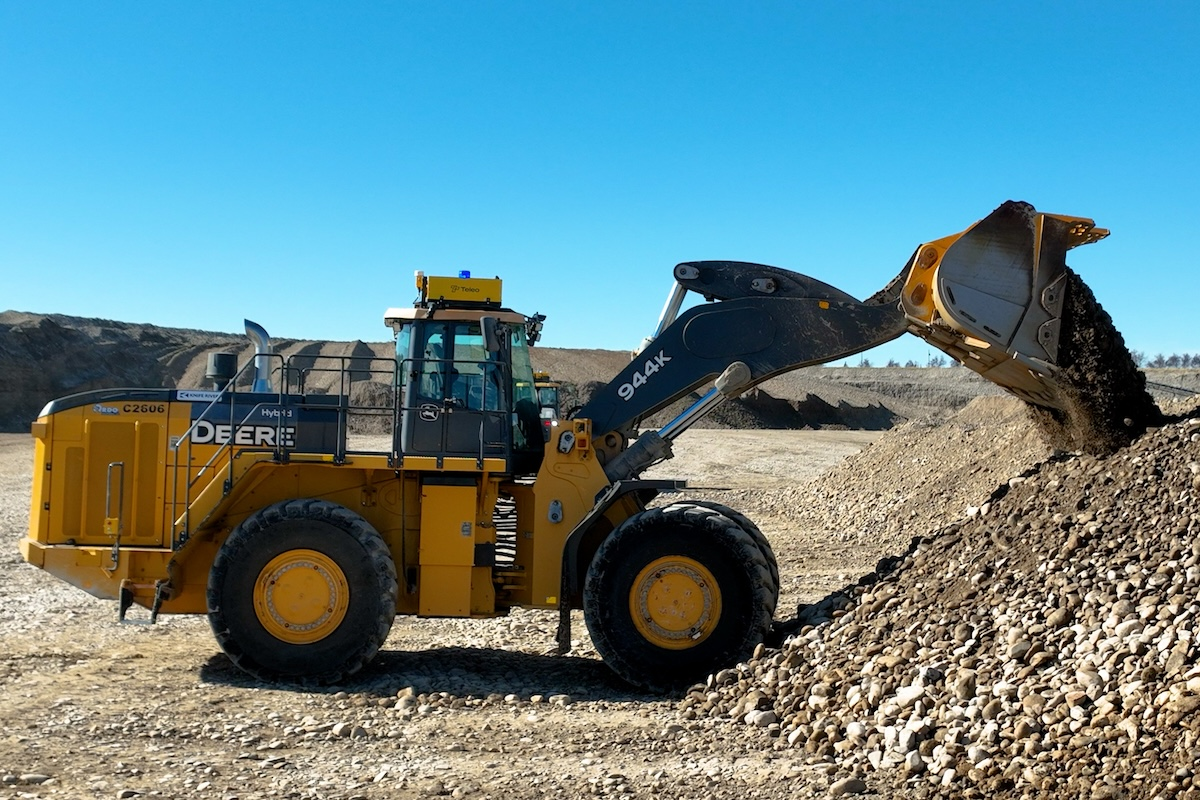Col. (P) Geoff Van Epps, Commander of the USACE Northwestern Division; Col. Mark Himes, Commander of the USACE Omaha District; Tanya Trujillo, Assistant Secretary of Water and Science at the Department of the Interior; Camille Calimlim Touton, Commissioner at USBR; and others attended the celebration near Glendive, Montana.
The contractor for the project was Ames Construction Inc., and the designer was USACE, Omaha District. The fish bypass channel was designed to address fish passage concerns associated with the intake diversion dam.
“The main purpose of the bypass channel is to help protect the pallid sturgeon and their recovery since they’re an endangered species. And help them to move upstream for spawning and other purposes,” said Carlie Hively, USACE, Omaha District Project Manager. “We were able to use a high level of engineering to not only satisfy the local community, but also bring the aquatic ecosystem back to a more natural state.”
Each guest speaker at the ribbon cutting ceremony released a young pallid sturgeon into the river near the entrance to the new bypass channel. To date, more than 20 sturgeons have been observed using the new channel, indicating an increase in population numbers for this endangered species.

| Your local Trimble Construction Division dealer |
|---|
| SITECH Northwest |
“This is a momentous occasion more than 10 years in the making,” Epps said. “The collaboration on this project presented unique challenges and opportunities to meet conservation and recovery responsibilities under the Endangered Species Act while continuing to serve the needs of stakeholders that use the river. The professionalism and mutual respect of all involved provided a healthy, dynamic work climate in which to operate to achieve common goals and objectives.”
"This project is a shining example of interagency cooperation leading to a win-win scenario,” said Brent Esplin, USBR Missouri Basin and Arkansas-Rio Grande-Texas Gulf Regional Director. “It took coordination at every level from federal, state, local governments, and civilian partners to make this project so successful. I look forward to more projects and construction that will begin soon with funding from the Bipartisan Infrastructure. The BIL is a once-in-a-generation opportunity for Reclamation to upgrade aging infrastructure, bring clean and reliable water to rural and tribal communities, and use the best and latest science to help combat drought and climate change."
The Lower Yellowstone Project is a 58,000-acre irrigation project located in eastern Montana and western North Dakota. The project includes the intake diversion dam, a screened headworks structure, 71 miles of main canal, 225 miles of laterals and 118 miles of drains, three pumping plants on the main canal, four supplemental pumps on the Yellowstone River, and one supplemental pump on the Missouri River.




















